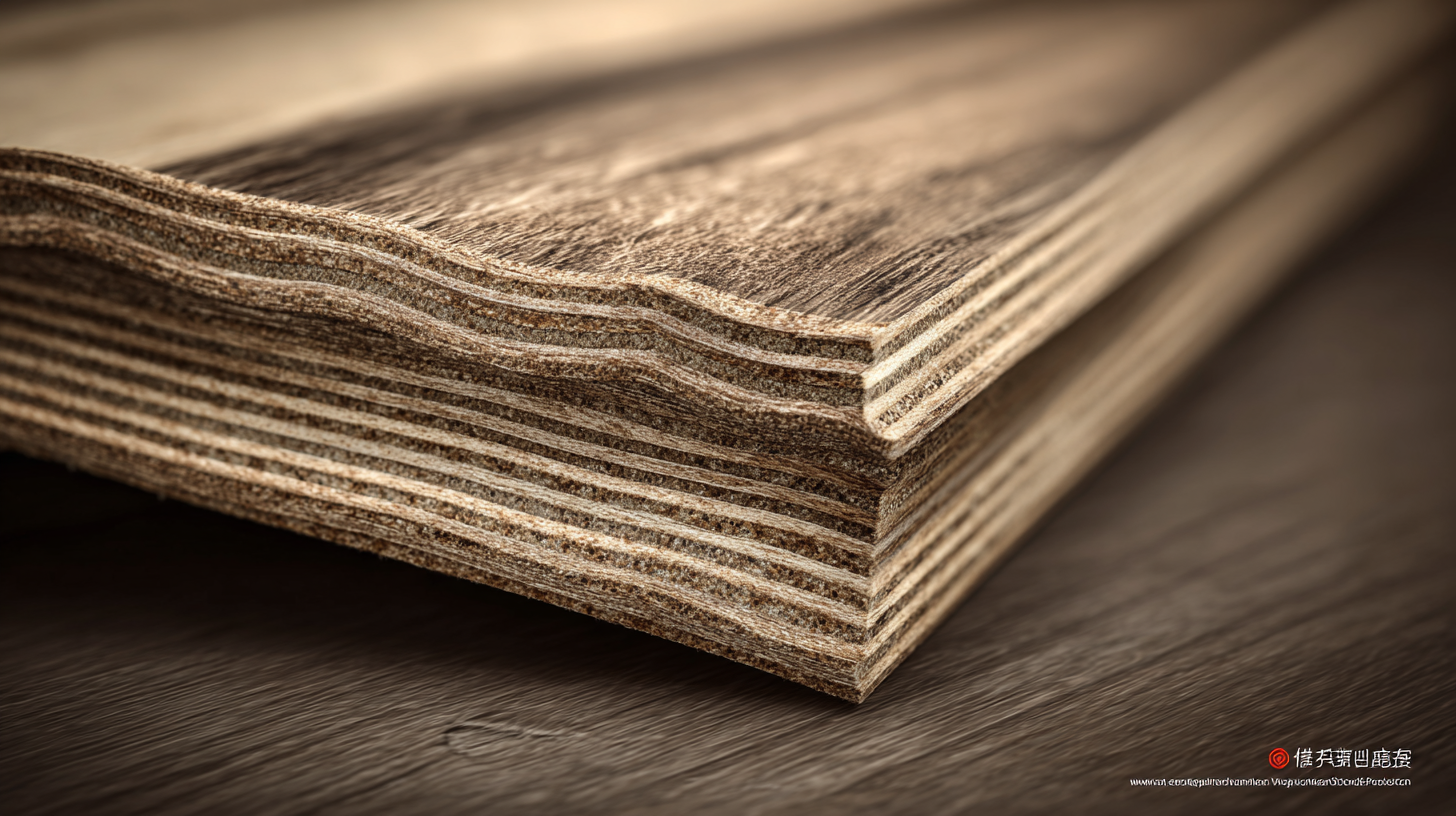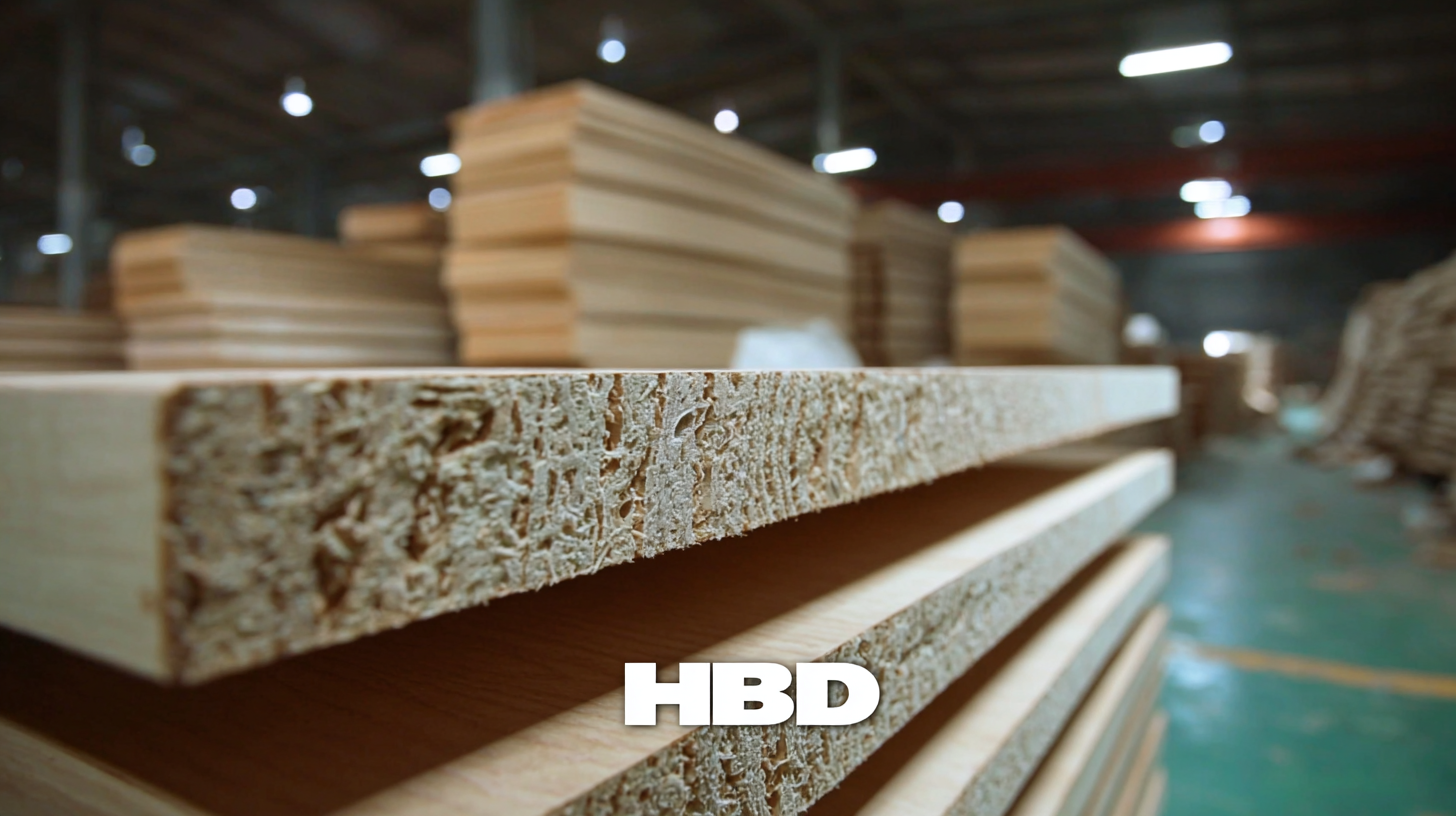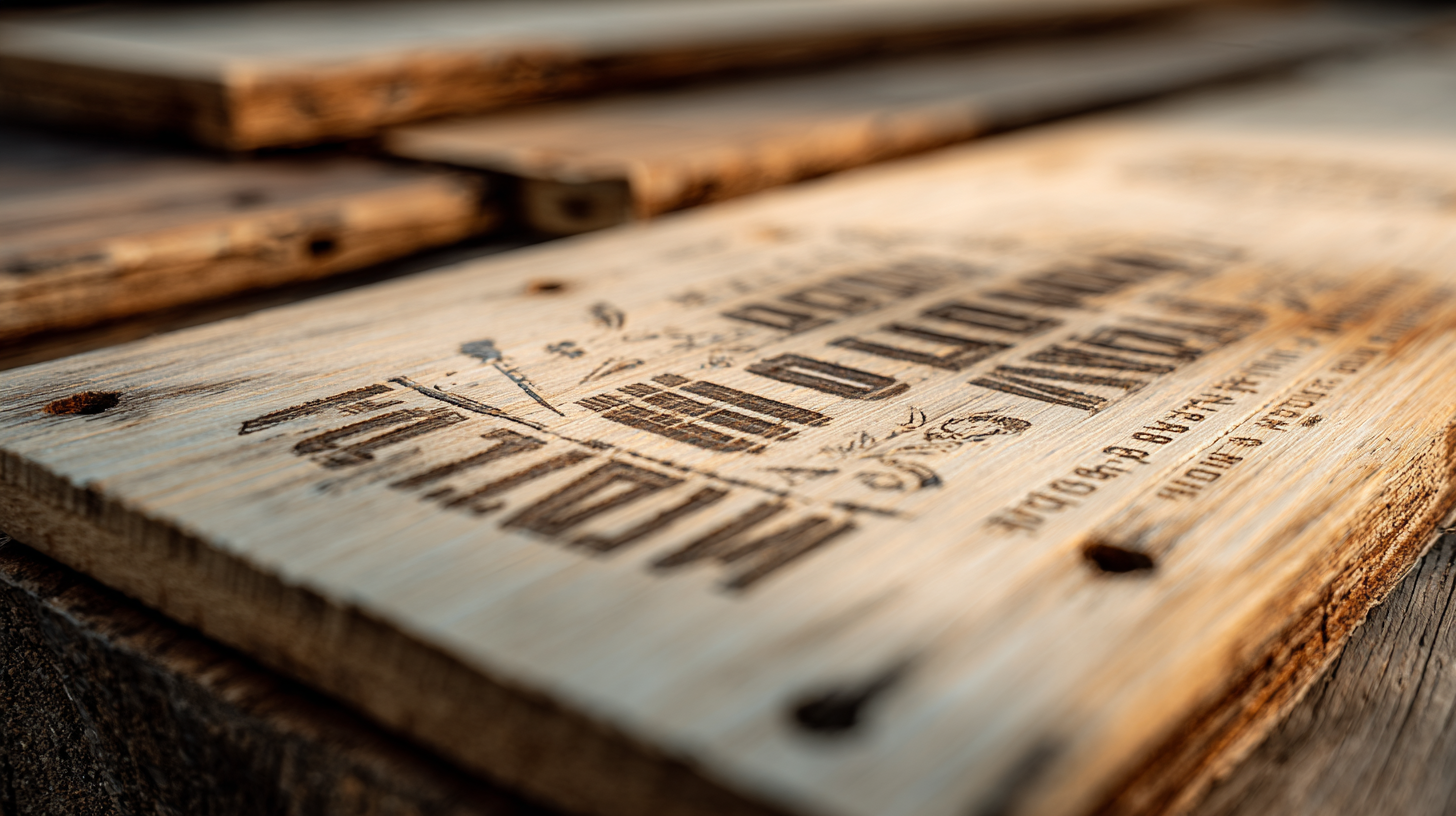


In the rapidly evolving landscape of global manufacturing, the unmatched quality of hollow boards proudly made in China stands out as a significant player in various industries. These innovative products, known for their versatility and durability, have gained a reputation for excellence across international markets. As businesses increasingly prioritize cost-effectiveness and sustainability, the advantages of hollow boards extend beyond their intrinsic properties to include exceptional after-sales service and competitive repair costs. This blog will explore how manufacturers leverage these advantages, ensuring not only the superior quality of their hollow boards but also fostering long-term relationships with customers.

Join us as we delve into the impressive features of hollow boards and their impact on global markets, highlighting why choosing these products is an investment in quality and service.
The hollow board market is poised for significant growth, driven by increasing demand across various sectors including packaging, construction, and automotive. According to a report by MarketResearchFuture, the global hollow board market is projected to reach USD 3.2 billion by 2025, expanding at a CAGR of 7.5% from 2021 to 2025. The rising need for sustainable and lightweight materials is propelling the adoption of hollow boards, which offer both environmental benefits and enhanced performance characteristics.
Key trends influencing this market include the shift towards recyclable materials and advancements in manufacturing technologies that enhance product quality. For instance, the Asian Pacific region is expected to dominate the market, thanks to the robust manufacturing sector in countries like China and India. A study by Grand View Research highlights that increased investment in research and development is leading to innovative applications of hollow boards, further solidifying their position in global supply chains. As manufacturers focus on unmatched quality, the emphasis on product customization and durability will likely shape market dynamics in the coming years.
| Region | Market Size (2023, USD Billion) | Projected Growth Rate (CAGR 2023-2025) | Key Application Areas |
|---|---|---|---|
| North America | 2.5 | 5.0% | Construction, Packaging |
| Europe | 3.0 | 4.5% | Furniture, Automotive |
| Asia Pacific | 5.0 | 7.0% | Consumer Goods, Electronics |
| Latin America | 1.2 | 6.0% | Packaging, Retail |
| Middle East & Africa | 0.8 | 5.5% | Construction, Logistics |
The rise of eco-friendly materials is fundamentally changing the construction landscape, with hollow boards emerging as a leading sustainable solution. These innovative materials not only minimize environmental impact but also offer various practical benefits in building practices, aligning with sustainable construction methodologies that emphasize resource efficiency and environmental responsibility throughout the building's lifecycle.
As the global green building materials market is projected to reach over USD 1.35 trillion by 2033, the spotlight is on advanced materials like hollow boards, which can significantly reduce carbon footprints. Their production often utilizes sustainable processes, contributing to the wider adoption of eco-friendly alternatives. In various applications—from residential to commercial construction—hollow boards made from renewable sources demonstrate durability and efficiency, showcasing how sustainable design can intersect with high performance. This shift towards biodegradable and recyclable materials reflects a growing commitment to greener futures, positioning hollow boards at the forefront of an evolving industry dedicated to environmental stewardship.

The hollow board manufacturing process has undergone remarkable transformations thanks to cutting-edge technological innovations. Companies in China are leading the charge by integrating advanced automation, artificial intelligence, and sustainable practices into their production lines. This modernization not only enhances efficiency but also significantly improves the quality of the final product. By utilizing smart manufacturing techniques, manufacturers can monitor and optimize each stage of production, ensuring that every hollow board meets high standards of durability and performance.
Moreover, the use of eco-friendly materials and energy-efficient technologies plays a crucial role in reshaping the industry. Many businesses are now prioritizing sustainability, opting for recycled raw materials that reduce waste and environmental impact. These innovations not only appeal to environmentally-conscious consumers but also position Chinese manufacturers as global leaders in sustainable practices. As a result, the hollow boards produced are not just unmatched in quality; they also reflect a commitment to responsible manufacturing that resonates with markets worldwide.
This chart illustrates the impact of various technological innovations on the production efficiency and quality of hollow boards manufactured in China over the past five years. The data reflects the percentage increase in production efficiency and quality improvements.
The market for hollow boards, particularly those manufactured in China, is experiencing significant growth as companies and consumers across the globe seek lightweight, durable, and high-quality materials. As the demand continues to escalate, regional insights reveal varying preferences and applications for hollow boards in diverse markets. In particular, the Asia Pacific region is anticipated to be a focal point for innovation and expansion within this sector, with increasing investments aimed at enhancing production capabilities.
Market segmentation analysis indicates that different demographic and commercial sectors are influencing the demand for hollow boards. Industries ranging from construction to packaging are tapping into the unique benefits these materials provide, such as cost-effectiveness and sustainability. As manufacturers adapt to meet the needs of both residential and commercial end-users, the potential for growth becomes evident. Notably, the ongoing evolution in building practices and eco-friendly materials aligns well with the advantages offered by hollow boards, making it an appealing choice for architects and developers alike.
The hollow board industry is rapidly growing, driven by key players who are pushing the boundaries of technology and sustainability. As global demand for lightweight, durable packaging solutions increases, companies in this sector are innovating to remain competitive. Key players such as ABC Packaging, XYZ Materials, and QRS Innovations are at the forefront, offering products that not only meet but exceed industry standards. Their commitment to quality and customer satisfaction is reshaping the landscape, setting a higher benchmark for peers in the industry.
Tip: To stay ahead in this competitive landscape, businesses should focus on sustainability in their product offerings. Utilizing recycled materials and reducing carbon footprints can attract eco-conscious consumers while also meeting regulatory demands.

Moreover, collaboration among industry players is becoming increasingly important. Strategic partnerships can lead to shared knowledge and resources, fostering innovation. By leveraging each other's strengths, these companies can enhance their product lines and reach new markets.
Tip: Investing in advanced technology for production can significantly improve efficiency and reduce costs. Businesses should evaluate their manufacturing processes regularly to identify areas for potential improvement.